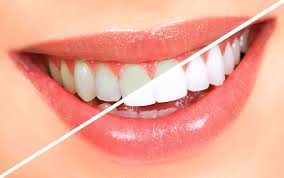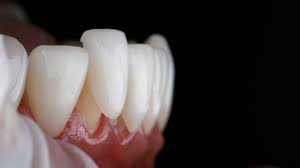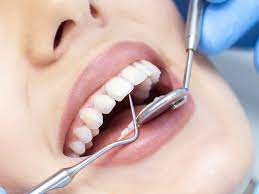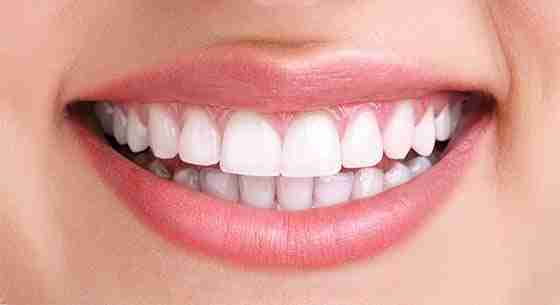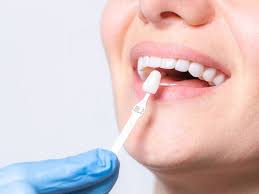Is There an Alternative to Dental Fillings?
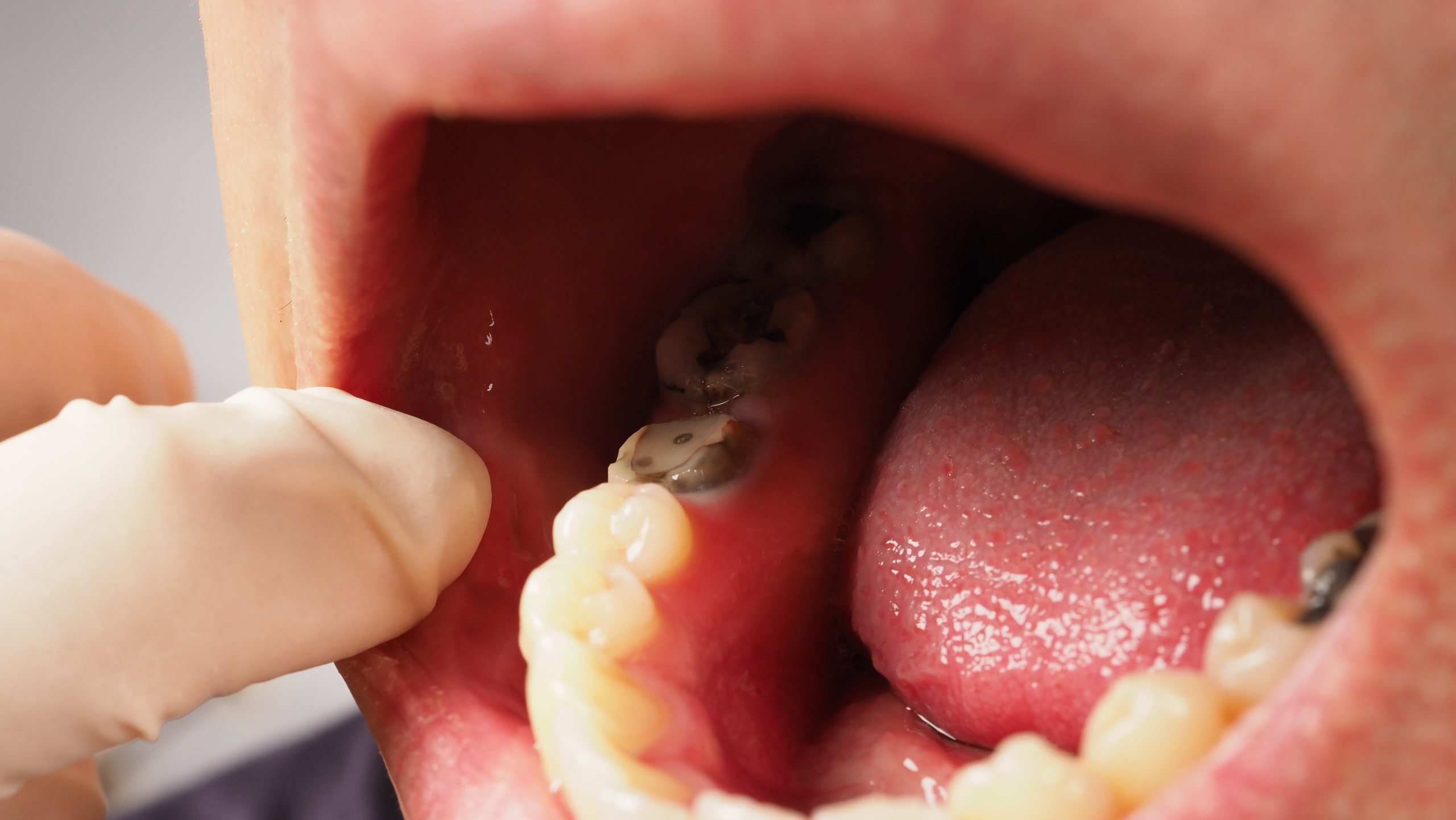
Many patients wonder, “Is there an alternative to dental fillings?”—especially those looking for less invasive, more natural, or longer-lasting solutions. While Dental Tooth Filling in Dubai are the most common treatment for cavities, modern dentistry offers several alternatives that may be suitable depending on the severity of the decay, the tooth's location, and your personal preferences. Exploring these options helps you make an informed decision about your oral health.
Dental Sealants for Early Decay:
For patients with early-stage tooth decay or high cavity risk, dental sealants offer a preventive option that may delay or eliminate the need for traditional fillings.
Key benefits and uses of dental sealants include:
Best for molars with deep grooves where plaque collects
Provide a protective barrier against bacteria and acids
Ideal for children and teens prone to cavities
Quick and painless application process
Can last several years with proper care
Sealants are not a replacement for fillings in decayed teeth but can help prevent cavities from forming.
Fluoride Treatments and Remineralization:
When decay is still in its earliest phase, fluoride treatments or remineralization therapies can reverse the damage naturally, avoiding the need for drilling and filling.
How fluoride treatments serve as alternatives to fillings:
Strengthen enamel and promote natural tooth repair
Applied professionally or through high-fluoride toothpaste
Suitable for small, surface-level demineralized spots
Often used in children and adults with early caries
Encouraged in routine dental visits for cavity-prone individuals
These methods are most effective when decay hasn't progressed into a cavity that requires restoration.
Inlays and Onlays for Larger Cavities:
Inlays and onlays are custom-made restorations that fit inside or over the tooth, providing a more durable and aesthetically pleasing alternative to traditional fillings.
Why inlays and onlays are preferred in some cases:
Made from ceramic, porcelain, or composite resin
More precise fit than standard fillings
Preserve more natural tooth structure
Offer long-term durability and stain resistance
Ideal for molars with larger cavities or damaged chewing surfaces
Dentists may recommend these if the cavity is too large for a filling but doesn’t require a crown.
Dental Crowns for Severely Damaged Teeth:
When Dental Tooth Filling Treatment decay has significantly weakened the structure, a dental crown may be the best alternative to fillings by fully covering and protecting the remaining tooth.
Reasons to choose a crown instead of a filling:
Provides full coverage for severely decayed or cracked teeth
Restores strength and function for long-term use
Can be made from porcelain, metal, or a combination
Often placed after root canals to protect the tooth
Recommended when over 50% of the tooth is compromised
Crowns offer both cosmetic and structural benefits when fillings are no longer sufficient.
Biomimetic Dentistry: A Natural Approach
Biomimetic dentistry focuses on restoring teeth using materials and techniques that mimic the tooth’s natural function and appearance, minimizing the need for traditional fillings.
Core features of biomimetic alternatives include:
Use of strong adhesives to seal and protect tooth structure
Avoidance of unnecessary drilling or removal of healthy enamel
Enhanced longevity and reduced risk of further damage
Materials designed to flex and respond like natural tooth
Often used in place of conventional fillings when aesthetics and conservation matter
This modern approach is growing in popularity among patients seeking minimally invasive treatments.
Choosing the Right Alternative with Your Dentist:
Ultimately, whether or not there is an alternative to dental fillings depends on your unique dental condition and your long-term oral health goals. Working closely with your dentist ensures the most suitable, customized solution is chosen.
Steps to determine the best treatment include:
Comprehensive dental exam with X-rays
Discussion of your comfort level and cosmetic concerns
Assessment of the size and location of decay
Review of treatment longevity and budget
Ongoing monitoring to catch issues before they worsen
If you’re hesitant about traditional fillings, ask your dentist about alternative treatments that may offer better results with fewer drawbacks.
Note: IndiBlogHub features both user-submitted and editorial content. We do not verify third-party contributions. Read our Disclaimer and Privacy Policyfor details.



